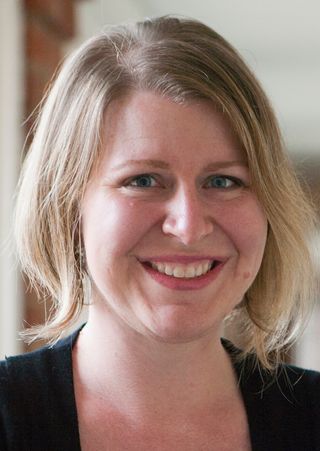US News & World Report
By Nicole Hemmer
News broke last week that former President Jimmy Carter, now 90, has been diagnosed with an advanced form of cancer. Though Carter left office almost 35 years ago, he has remained a much-discussed public figure, from his work with Habitat for Humanity to his efforts to negotiate peace in war-torn regions of the world.
As Carter's post-presidency shows, sometimes being leader of the free world just isn't a big enough platform.
The power of the post-presidency has grown alongside the power of the presidency itself. Over the course of the 20th century, the executive branch has accrued tremendous amounts of power, distributed through agencies, the bully pulpit and the president himself. In the 19th century, presidents were pawns of the party; in the 20th century, parties were pawns of the president. As individual personalities loomed larger than party platforms, the men who sat in the Oval Office in the latter part of the 20th century constantly sought ways to retain influence after they left the job.
The harbinger of this hyperactive post-presidency was William Howard Taft, who served as president from 1909 to 1913. A believer in the transformative power of law, Taft was never entirely content with his role as head of state. For him, the presidency was a path to higher office: the Supreme Court. He spent the first decade of his post-presidency pursuing ways to establish peace through international law (a critical project in the period surrounding World War I) and then was elevated to the role of chief justice in 1921, a position he held until his death in 1930.
But the post-presidency revolution did not happen until Carter left office in 1981. A year later he established the Carter Center; for his humanitarian efforts within the Center, he won the Nobel Peace Prize in 2002. Bill Clinton followed in Carter's footsteps with the establishment of the Clinton Foundation, a humanitarian organization that marked a significant shift from past post-presidential efforts. Presidents had been involved with foundations before — George H.W. Bush served as an honorary chair of the Points of Light Foundation after his presidency — but Clinton did more than inspire the organization. He has been closely involved in setting priorities and raising funds for the Clinton Foundation for more than a decade.
President Barack Obama intends to follow the Carter and Clinton example. As the New York Times reported over the weekend, Obama has expansive plans for life after the White House. In office, he has seemed particularly constrained on issues involving race, with every comment about the black community met with intense scrutiny. He will use his post-presidency to reverse that trend. In May, Obama launched My Brother's Keeper, a non-profit dedicated to young men of color. Announcing the program, he pledged, "This will remain a mission for me and for Michelle, not just for the rest of my presidency, but for the rest of my life."
Perhaps the most surprising part of the expanding post-presidency is how many of those who wielded tremendous power in office have failed to have active post-presidencies. The explanation rests with a mix of illness and ignominy. Both Ronald Reagan and Lyndon Johnson were too ill after leaving office to launch major new efforts, Reagan with Alzheimer's and Johnson with serious heart problems.
For Richard Nixon and George W. Bush, whose presidencies ended with historically low approval ratings and bipartisan disdain, the post-presidential period offered few opportunities for extensive activism. Nixon, who lived for international politics, rarely had a chance to apply his expertise. George W. Bush has more willingly shunned the spotlight, at least for now — a move that suggests that a baseline of public support is required for effective post-presidency activism.
The presidency has continued to grow during Obama's presidency, a trend his predecessor will no doubt continue. As Carter, Clinton and Obama show, when given the opportunity, post-presidential power will continue to grow as well.
This article was originally published in the US News & World Report



